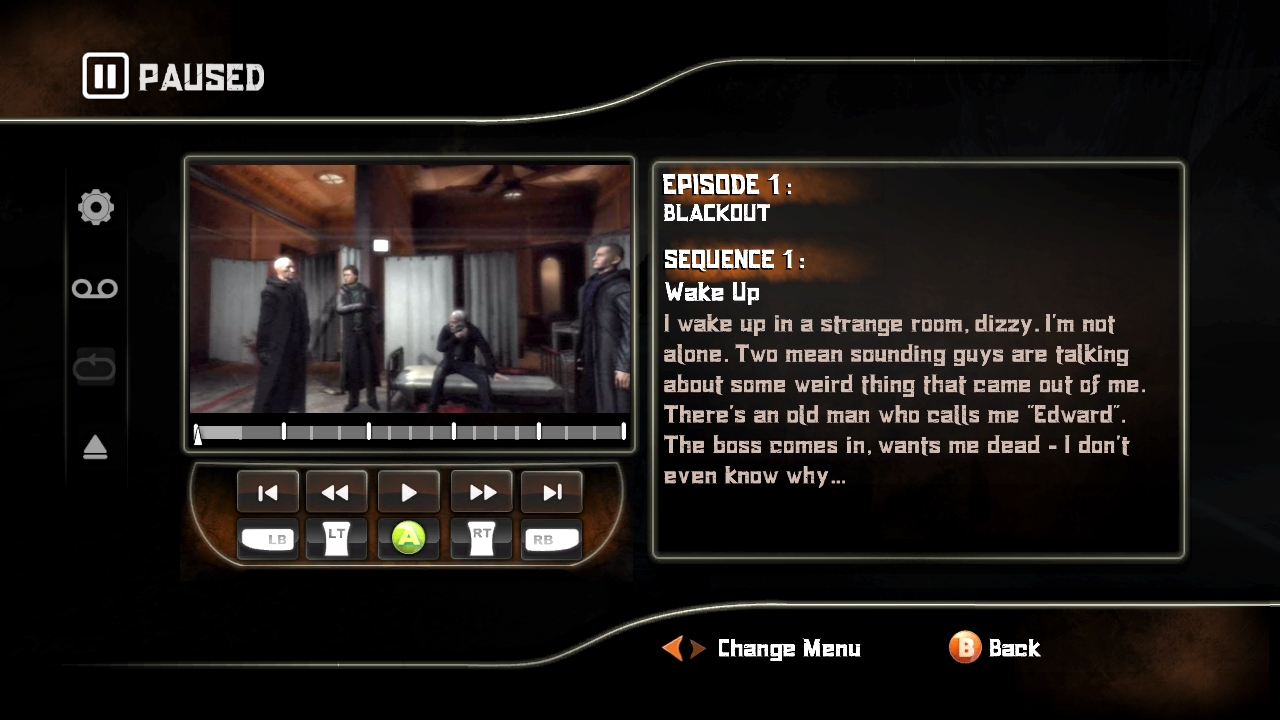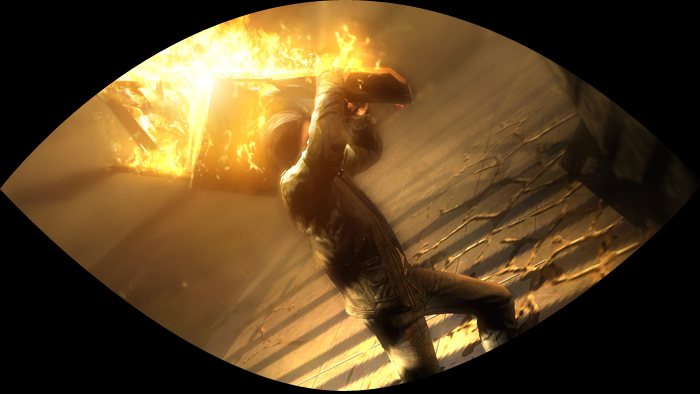
Blink and you won’t miss it.
It famously took Thomas Edison 6,635 attempts before he successfully invented the light bulb. Using this scale Alone in The Dark is like prototype #35 where Tommy was still experimenting with completing the electrical circuit with his tongue while sitting in the bath; any flickering moments of success are accompanied by insurmountable pain that burns deep, leaving permanent scarring and regret long after the ordeal is over.
Hell and its demonic army have come to Central Park, New York, and playing as Edward Carnby you begin the unholy battle with an emphatic “Press the Right Analog Stick to blink”. While not advertised on the front of the box – and for health reasons it should be – Alone in The Dark brings to the world manual blink control. Why haven’t other games made it compulsory to blink before, you may ask? Because it’s a dumb idea, everyone else responds. So quickly and wildly does his vision become blurred that it looks as though Edward is constantly on the verge of an LSD flashback.
Blinking through those first bleary-eyed steps in Alone in The Dark is a bad start to what is ultimately a pretty bad game. The ability to switch between first- and third-person perspectives allows you to sidestep this grievance but only to have you step into the familiar quagmire of poor camera placements, inconsistent controls and awkward tank-like movement. Thankfully the blinking is toned down after the opening sections and later on is even put to good use in solving a few puzzles and communing with a dead priest.


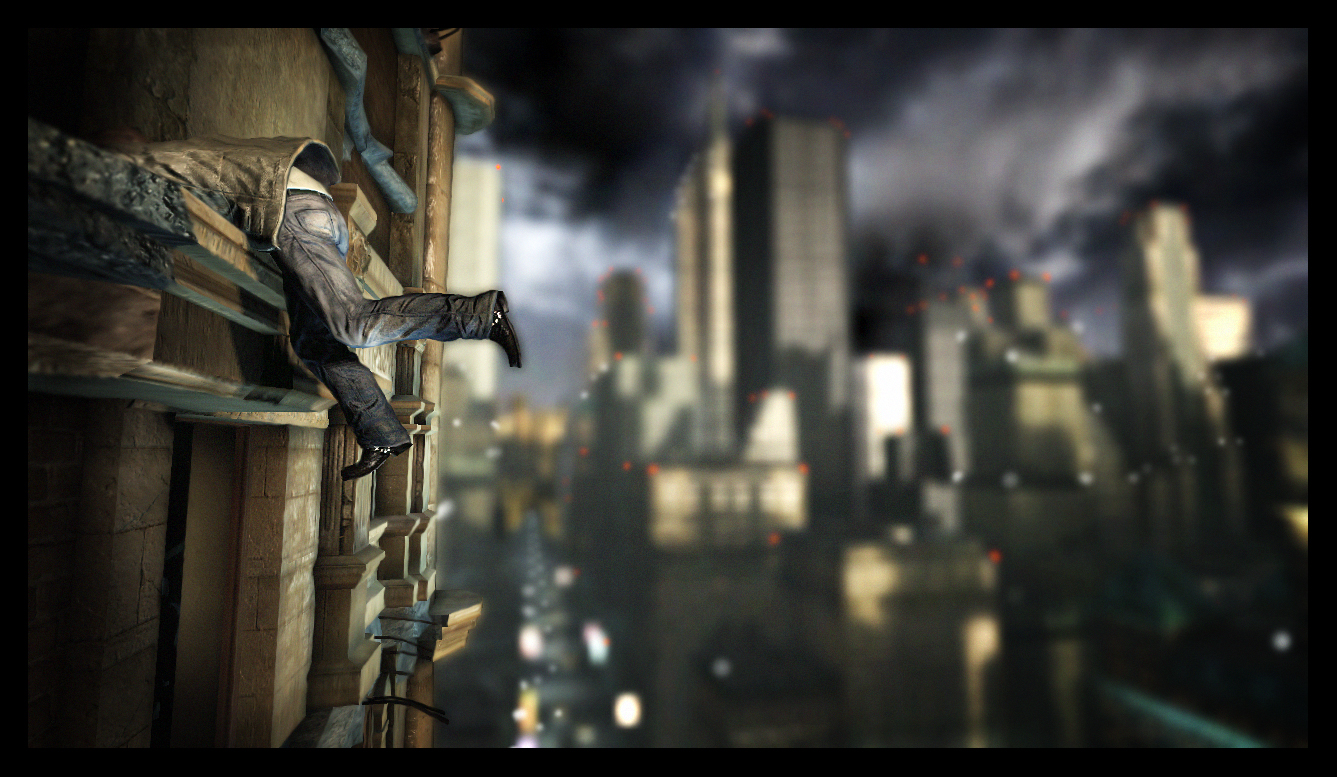
The Alone in The Dark series invented the survival horror genre and its latest incarnation has secretly revolutionised gaming once more. The entire game is structured as a series of eight hour-long episodes, going so far as to split the action of each episode into individual sequences that can be accessed or skipped like chapters and scenes in a DVD.
If you can’t solve a particular locked-door puzzle or you become frustrated or even bored then simply fast-forward to immediately after that locked door opens. To me this is positively mind-blowing. Eden Games unlocks the restrictions and opens up the entire experience from the start where as others lock it away until you have proven yourself “worthy”.
Sadly any innovation will be overlooked and quickly forgotten because Alone in The Dark is spectacularly broken. Eden Games had bold ambitions and lofty dreams even though they clearly never had the skill to make them a reality. It’s like watching Icarus fly too close to the Sun using a system of jet propulsion engines made from wax and feathers.
What isn’t badly designed from conception – blink – is tragically squandered in execution. Storing items in Edward’s jacket is very cool but navigating and combining them from a first-person perspective, without pausing the action, is cumbersome and impractical.
Combat in Alone in The Dark is a logistical nightmare. A common cocktail is the flammable liquid bottle wrapped in sellotape. This sticky Molotov can be thrown on to a soon-to-be blistered demon and safely shot from a distance.
So many things can now go wrong. Thanks to the inconsistent controls it’s easy to unintentionally pour out the flammable liquid or drop the bottle by your feet. Similarly swinging melee weapons using the analog sticks results in more misses than hits.
Perhaps more frustrating though is that you are rarely in a situation that warrants such creative carnage. With most encounters consisting of a group of enemiez simply rushing you head on you just don’t have the time to use these tools. It’s easier to chuck things at them and hope for the best.
While there are genuinely inventive moments to be enjoyed so many of them are either so contrived or unimaginative that by the time the second forklift section rolls around I began to fear that I might have succumbed to some form of brain scurvy.
This brings us to 59th Street and the worst driving section I’ve ever played. It’s a thrilling car chase with buildings collapsing and the road rupturing as a tidal wave of destruction chases you through the streets of the Big Apple. It’s the kind of stylish apocalyptic destruction that would please Michael Bay.

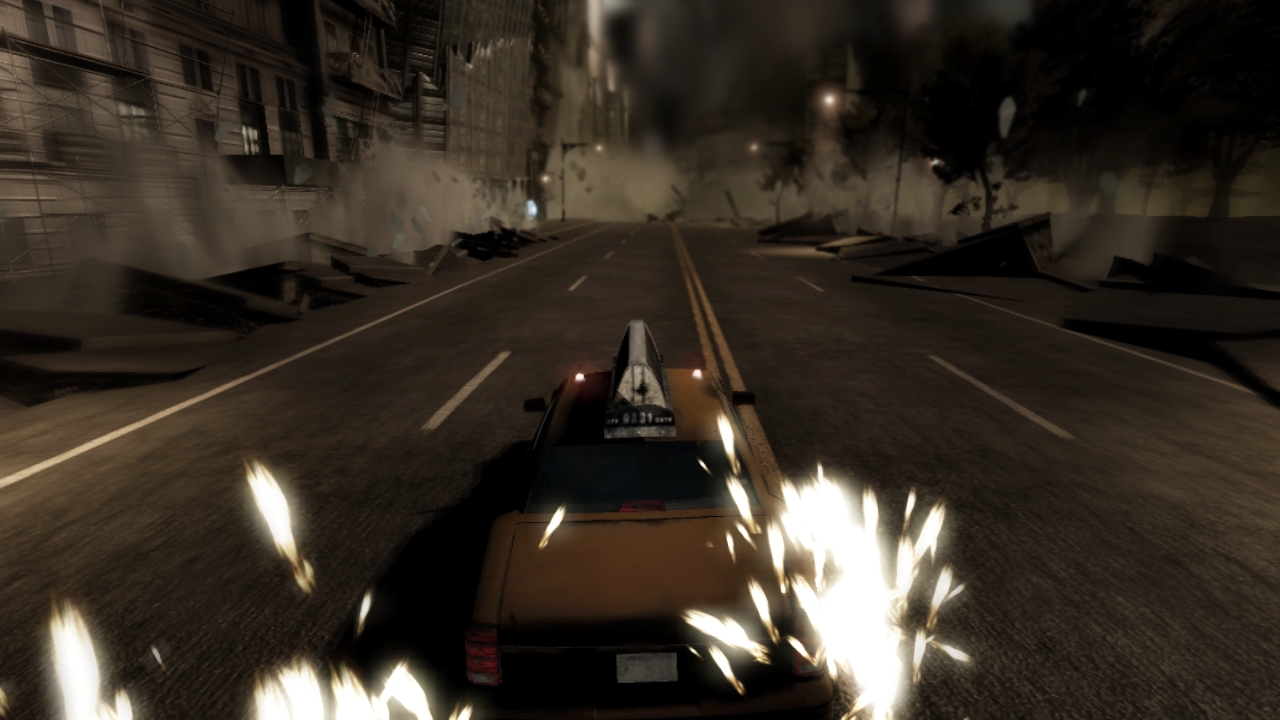
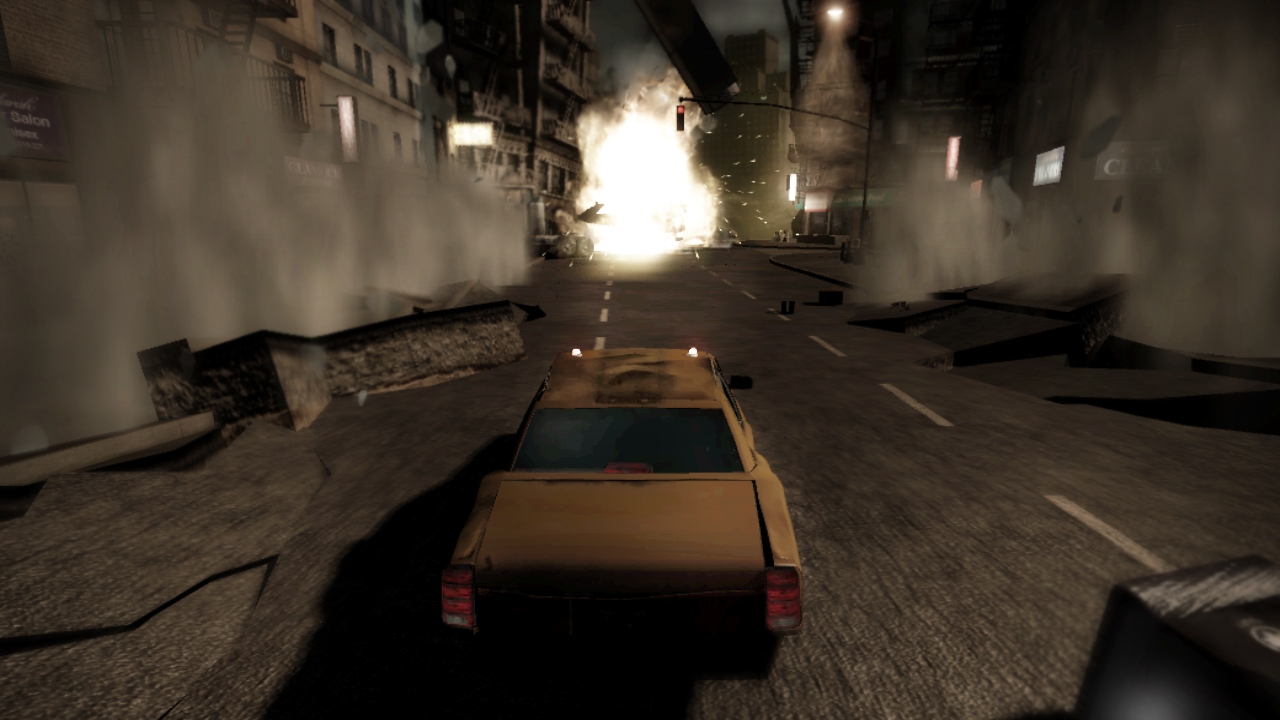
It’s a long sequence with no checkpoints and zero margin of error in a car that handles worse than the lawnmower from the skateboarding game Tony Hawk’s Underground. The cars in Alone in The Dark, brought to you by the makers of Need for Speed: Porsche Challenge as well as the Test Drive Unlimited series, operate under laws of physics that are entirely there own.
It was here in the game where I died during a cut-scene. As far as I can tell I bridged the real-to-digital divide and somehow willed onto Edward the brain haemorrhage I was about suffer. I now count every day as a blessing having survived 59th street. Later on in Central Park vampirz cling to the car and fly it into the air unless I knock them off by purposefully crashing into trees, which may or may not register the collision, occasionally shattering the car into a dozen pieces like a failed game of Buckaroo.
The plot, characters and all the dialogues shortcomings are summed up in the following:
Lucifer: “Give me back my stone”
Edward: “I don’t have your stone and fuck you anyway”.
Essentially it’s a case of style over substance. I’d like to mention some of Alone in The Dark’s better moments, maybe praise its sound design and soundtrack and note the visual similarities that would later emerge in Alan Wake, but it’s fairly futile at this point. I’ve given a long enough eulogy as it is. Alone in The Dark was a good game but it deserved to die.

